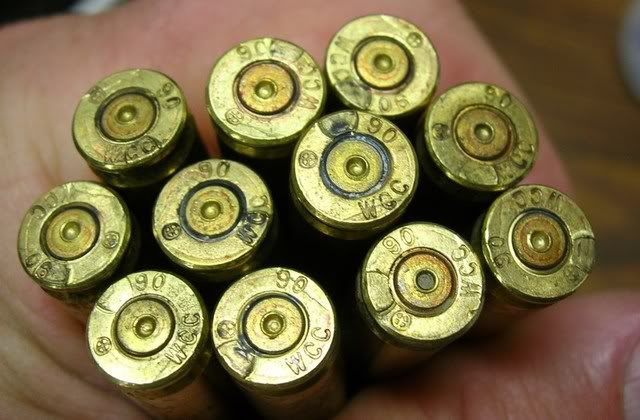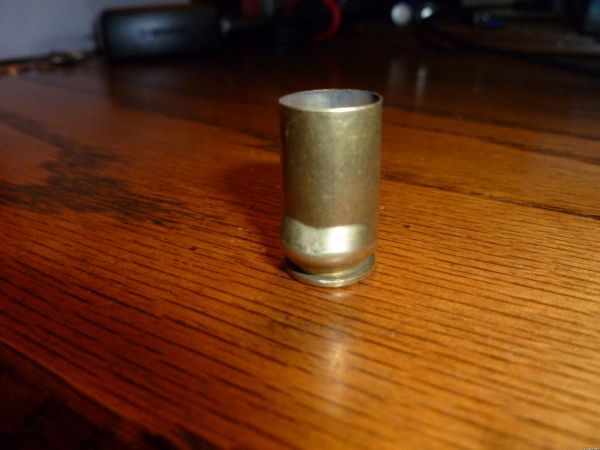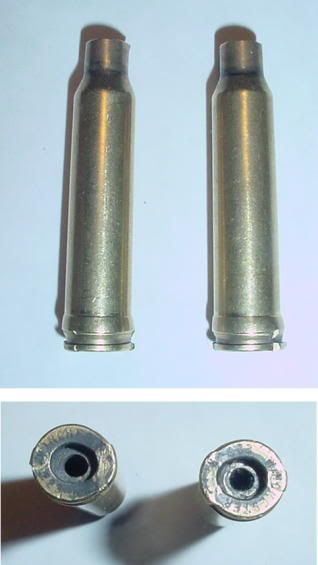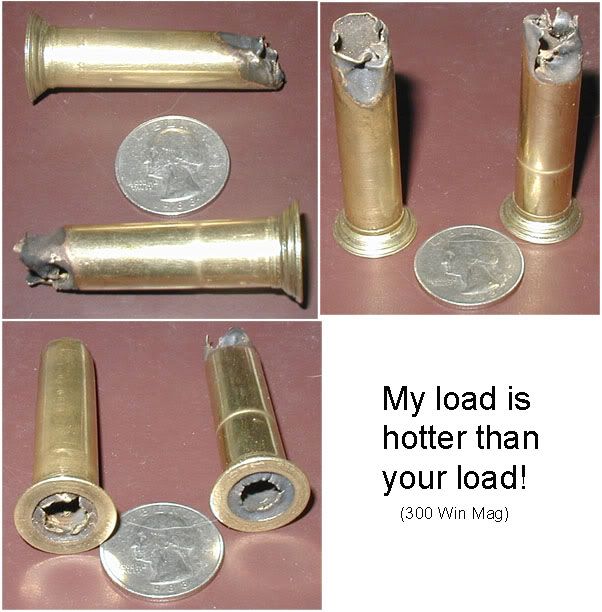Oh damn, I had so much more material to discuss on greased bullets and from the historical record, just when these guys knew something, and what they said. It becomes clear that millions of greased bullets were fired by American shooters prior to 1920, there are all sorts of articles on bullet lubes, results, etc, all favorable, and yet, in the back ground, there is this tension. Low number 03’s are bursting, bursting with US Government ammunition, and the Ordnance department is not acknowledging that they have a rifle problem. I am of the opinion that when low number 03’s burst, and since everyone was using grease, the Ordnance Department blamed grease. The Army is not telling anyone about their defective rifles, but they knew.
If greased bullets don’t raise pressures, than why is increased bolt thrust a problem? It is only a problem if the rifle is defectively designed or defectively built. To read in the planning minutes for the 1921 matches, that increased bolt thrust was the cause that tipped the debate the balance in favor of those who wanted to get rid of grease, that tells me, everyone there knew the Army had 1 million defective rifles in inventory. Incidentally, Hatcher was in that meeting, and Hatcher knew. If Hatcher knew, all the decision makers should have known. In the mean time, shooters are banging away with structurally defective rifles and people were permanently injured with the things.
If to be moral is to do no harm, than by this standard, these guys were immoral.
I wanted to know why I could shoot greased or lubricated cases and not have problems. I have been shooting lubricated cases in my Garands and M1a’s for a couple of decades now. This was suggested to me by a Distinguished HM gunsmith. My knee jerk reaction was to call him nuts, everyone knew that leaving case lube on cases was dangerous. But, this guy was, and he was taking cases an entire season without any case head separations.
The financial advantages of being able to shoot 30-06 or 308 brass twenty times in a gas gun, when conventional practice with dry cases, is five reloads, should be obvious. If no one has noticed, cartridge brass gets much more expensive over time.
So, here was this issue, highest authority and conventional wisdom of the masses said this was dangerous, that pressures should have been raised to astronomical levels, and yet, I was not seeing it. Granted, I was not greasing bullets, but I was greasing/lubricating cases. It was just until recently that I decided to test the assertion that greased bullets pinch bullets. I have not found any indications of that in my testing.
The more I shoot, the more I realize that I want as little case friction between my cases and chamber. First and foremost, I want my cases to last forever. I think my 300 H&H Magnum cases are over a $1.00 apiece, maybe $2.00 apiece, I don’t want case head separations in a few reloads. Lubricating the cases, (I have used tins of Johnson Paste wax, applied with the fingers and buffed with a rag) has given me incredible case life in gas guns and now, bolt rifles. When I am lazy or pressed for time I have applied oils, greases, or just left the lube on, but that stuff attracts dirt. Secondly, I want to know just when I hit a maximum load: I don’t want case to chamber friction disguising a maximum load. I want the bolt fully loaded and I want sticky bolt lift when I hit a max load. People develop loads with dry cases in dry chambers and they are very surprised when the slightest bit of oil, water gets on their cases and they have over pressure indications. Breaking the friction between case and chamber just shows that their loads were over pressure from the get go. I don’t trust primer indications, but at least when I lube the cases I see the transition from rounded to flat primers, something that is usually disguised by dry cases in dry chambers. I found early on that if I lubed my 308 cases in my M1a, I got rounded primers, but the same load in dry cases gave flat primers. Based on the precepts of Hatcher, that should not happen.Now I develop my loads with lubed cases and I look for that primer transition and I look for hard bolt lift, and I am very sure when I see these signs I am at a max load.
I am also of the opinion that eliminating case binding increases accuracy. Your rifle, your action was designed to withstand the full case head thrust, having an inconsistent case head thrust, due to variable case to chamber friction, is just going to load the action inconsistently. That is just another variable that you can eliminate, or reduce its effect. Match 22LR ammunition is greased so heavily that it feels like the rounds were rolled in bacon fat. I don’t believe this an accident: I believe the heavy grease layer was found to be necessary for the best accuracy, and it helps extraction function.
But beside the practical advantages, is an outrage that an Army coverup has totally shaped the thinking and behavior of the American shooting community for almost a century. Based on what these authority figures knew, and when they knew it, it is inconceivable that they did not know what they were teaching us was false. Any discussion on this results in a repeating loop of Hatcherisms, as if the shooting community has turned into a bunch of parrots. "Nullius in verba" , that sure does not describe shooters.




 Reply With Quote
Reply With Quote







